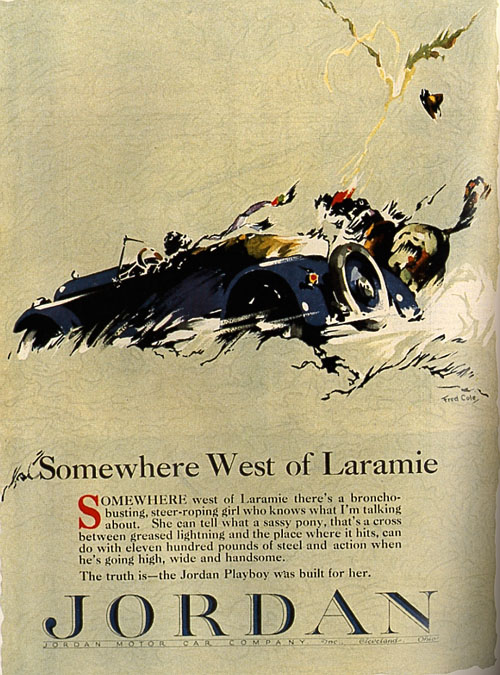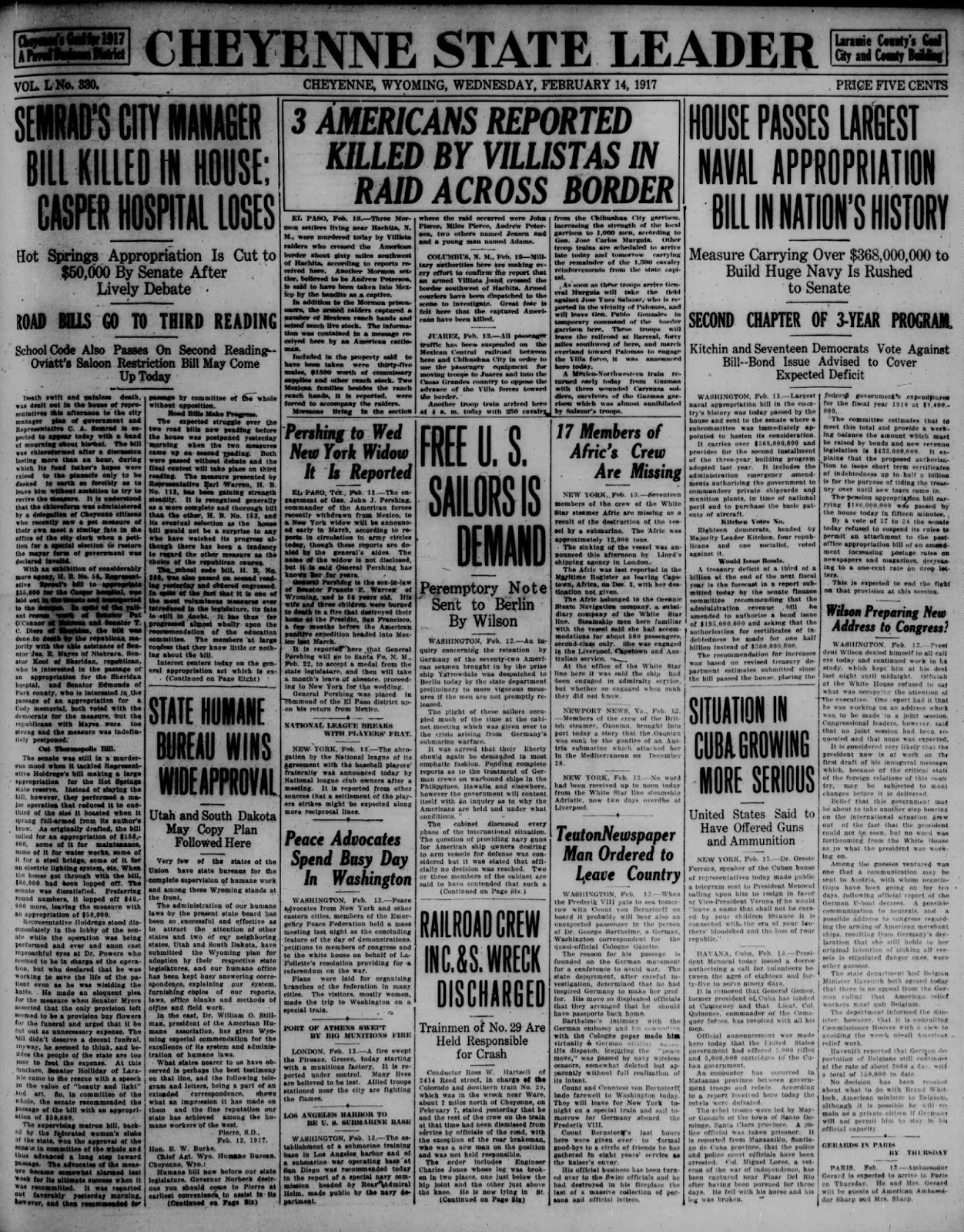I noted the racy (indecent) nature of some February items recently in this post here:
No sooner had I done that than I had cause to add a couple of more. Maybe something really is wrong with February.
One is older, in keeping with our focus on 1917, and the other newer.
On the older ones, February 1917 is the month in which Mata Hari was arrested for espionage. I don't know a great deal about her, and I'm not going to bother to learn, but she was, as is well known, an exotic dancer, with exotic, save for the name, which was a pseudonym, being a euphemism.
That she was a spy seems to be well established, although its less clear who exactly she was spying for. Maybe both sides, which would have made her highly opportunistic, which perhaps she generally was. She seems to have acquired secrets by offering favors. I'll go no further than that.
The other was a news story on the net that sometime (and I don't know if it was February or has already happened or is about to happen) that Playboy magazine has announced that after a year of having the deluded women (girls) who appear in it appear barely clothed, rather than fully nude, it's going back to nude.
That's no surprise.
Playboy is trash and always has been. But it has been influential trash in helping to bring about massive intellectual confusion about its topic as it did do what its predecessors did not, which was to dress up the prostituting of the female image in a slick way and tie it to a supposed liberated, rather than libertine, ethos. It's been on the ropes as a publication for a really long time and its long slow decline into death is probably irreversible, which hasn't stopped it from trying.
That really started when, seeing its success, other magazines adopted its slick production values for their own, but without the pretense of its supposed world view. That supposed world view was, at first, boys will be boys and they have a right to play with the over endowed girl next store who wanted to be a toy. Coming out in the early 1950s, well before birth control came on the scene (which is a wholly different topic) the busty girls who appeared in it, at least in the rag, never got pregnant and never had their psyches damaged. It's original world view was really summed up by its name, Playboy, which held that it was a man's world and young women, as long as they had big chests, should just submit. The magazine won't admit that now as that would be viewed as incredibly hostile to women but, in truth, the magazine has always been incredibly hostile to women.
It was a success, however, and it made the publications' pimp in publication, Hugh Ossified Freak Hefner rich. By the 1970s, however, it was being taken on by magazines that made no pretense about what they were about and it followed suit. The combined effect, given that Playboy had been so successful in being marketed outside hidden racks in stores frequented only by men, was a pornification of the entire society. Sports Illustrated, which has already been mentioned here, even entered the picture, on an annual basis, by publishing a "swimsuit" issue with barely clad models who went from barely clad, to topless with arms hiding a little, to just flat out naked with paint. Indeed, it's odd to think that one of the then top models form the cover, Kate Upton, who I guess is back on the cover again this year, had already appeared completely topless, but with some paint, at the time that her fully naked photographs were improperly released to the Internet. While her being upset about it is understandable, her wares were already out there.
The net aspect of that is significant as during the period in which Playboy entered its long slow decline the net arrived and the pornification it had released burst fully forth on the net. Now the magazine has to compete with itself, basically, as floods of images are so common that its nearly impossible to use the Internet and not come across them. Indeed, not only have they become common t that extent but now what amount to essentially public displays in advertising are very common everywhere, but not even recognized as being what they are. Beyond that, feminist, who should not be dense as to this but apparently are, have gone from opposing pornography to essentially entering it by sponsoring topless days here and there, and in the case of the Ukraine, having a movement that can't think of any better way to get its image across but to fall into this behavior. This all falls into the current trend of believing that biology and nature have been suspended for all time and eternity. Well, they haven't. and the running around in downtown Denver sans shirt has about the same reaction that appearing in Hugh Hefner's failing rag does.
Which doesn't mean it won't fail. There would appear to be no real way to arrest its decline. It tried putting on some clothes in a move that was a bit bizarre, for it, but had no effect, apparently. Now it's back without apparel but supposedly updated. Whatever.
Well, it won't save itself in the same manner that Britain's trashy newspaper The Sun did. English feminist, apparently suffering from somewhat less muddled thinking than American ones, pushed a "Get the bare boobs out of the Sun" movement, which worked. It stopped. Good for it.
But of course its success wasn't based on pornography. Playboy's is. It won't be able to save itself. And perhaps the quicker it dies, the better.
The destruction its helped to create will far outlive it, that is absolutely certain.Before its arrival there was no doubt that smut, and it did exist before that, was just that. It wasn't that there weren't pornographic publications before Playboy, there certainly were, but there was a more honest understanding regarding them. It was understood that viewing them had an element of immorality, and beyond that, debasement both for the subject and the viewer. Indeed, early pornographic subjects tended to be prostitutes and its likely that well into the 1940s many of the subjects of pornographic magazines who took pay to appear nude were, in fact, taking pay beyond that for their services. The viewers of the smut, therefore, took the role of remote johns and even if they didn't grasp that, there was an element of grasping that.
Indeed, before we go on, one of the odd impacts, apparently, of the rise of pornography with the Internet is that this frightening aspect of pornography has returned. Apparently a fair number of pornographic subjects are not only prostituting their images, but themselves. It makes sense, as the trip really isn't a far one, and chances are that full prostitution arrived prior to photographic prostitution for many.
Anyhow, between then and now came the Playboy era which took out the concept of prostitution and interjected both a false image of the female form and psychology, but took the prostitutes trade and imposed it on entire generations of women in general. There is no real doubt, after all, that prostitutes engage in the act for money, not for a higher goal, in the service of their sad clients. Playboy took dirty magazine and pushed a view that all young women were dumb heavily chesty playmates who existed merely to serve the whims of any male, creating a destructive view of male female relationships for men and women. Unfortunately, that view has come to be the dominant one and stands in stark contrast to nature.
In nature, not all women are Double Ds with wasp wastes and sex leads to children. It also psychologically creates a bond between the actors. This goes to the root of our species in which the bond was meant to be lifelong to guaranty the survival of the offspring, with the parents of those offspring quite often not really making it much past the adulthood of the their children. Departures form this have always occurred, but then any human instinct or behavior that exists sees departures, some of them quite spectacular, from the norm and what is good.
The partial legacy of Playboy (and it can't be solely blamed for this by any means) is an enormous psychological wound on the population where expectations in this area reduced to a damaged ability to act and behave according to what nature would provide for, and which essentially has converted the male population into what barbarians basically were, in terms of their behavior, and what concubines were, in terms of their behavior, by gender. And it has served to reduce women, in spite of all of their advances, from a protected gender to a second class servile one.
Not a legacy to be proud of.












































